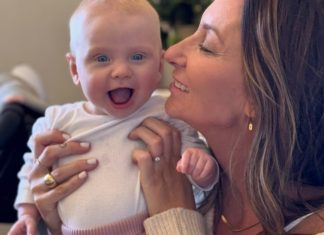A new national standard for diagnosis of autism spectrum disorder has been announce by the Federal Government.
The release of the national guideline, funded by the National Disability Insurance Agency, will bring greater clarity to the way autism is diagnosed.
Health Minister Greg Hunt said the guideline was developed by the Cooperative Research Centre for Living with Autism (Autism CRC) in consultation with more than 1000 autistic adults, family members, clinicians and policy makers.
“They are based on best available scientific practice and developed to rigorous standards,” he said.
“I congratulate the guideline research Executive Committee chaired by Prof Andrew Whitehouse and coordinated by Dr Kiah Evans, the Steering Committee and all the research staff for their comprehensive, rigorous and inclusive approach to the development and production of this timely work.
“This is an excellent, well evidenced-based and comprehensive guideline for assessment and diagnosis of autism spectrum disorders in Australia.”
Consistent approach wanted for years
Professor Andrew Whitehouse, Chief Research Officer, Autism CRC said the community has been requesting a national and consistent approach to autism diagnosis for many years.
“We are pleased to officially release this guideline that responds to this need following a comprehensive research process and in close consultation with the clinical, autistic and broader autism communities,” Professor Whitehouse said.
In a separate project, Autism CRC, through funding provided by the NDIA, will now undertake a trial of a functional assessment tool for autism – the recently published Pediatric Evaluation of Disability Inventory – Computer Adaptive Test for autism spectrum disorder (PEDI-CAT ASD).
To obtain a copy of the national guideline please go to www.autismcrc.com.au/national-guideline
The numbers:
About 164,000 Australians, including 136,000 children and young people under the age of 25, have ASD. That number has increased 79 percent since 2009.








